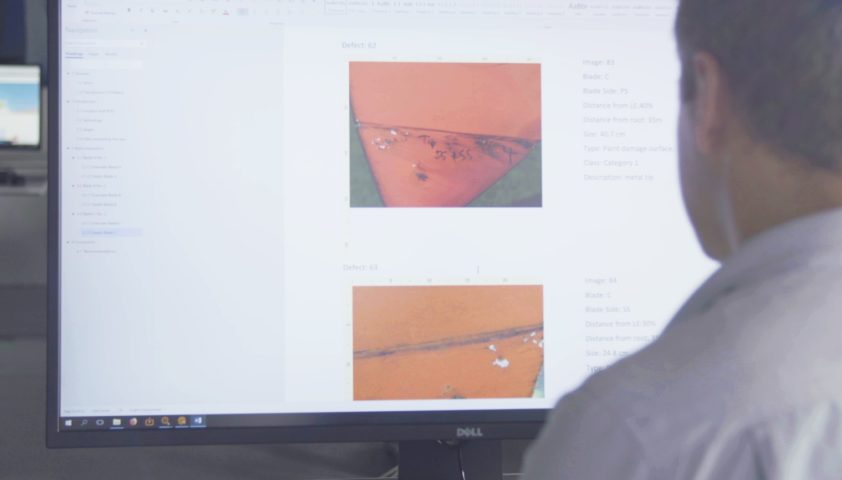
Our process
Our modular process increases the efficiency of an inspection many times over: While in the conventional rope access process two employees can only inspect one wind turbine per day, our solution enables the much more reliable inspection of up to seventeen wind turbines (three blades each) per day.
Create a Comprehensive Plan
Before an inspection can begin, every detail and step must be thoroughly mapped out. The 3DX™ Blade Platform is an all-in-one resource that helps you determine all parameters to perform an inspection effectively.
All it takes is a few mouse clicks: 3DX™ defines the exact UAV flight path and inspection pattern needed for a particular inspection task at hand. It then uses this information to configure the UAV, including its sensors and camera, to generate a complete, reusable set of inspection instructions – all within a couple of minutes.
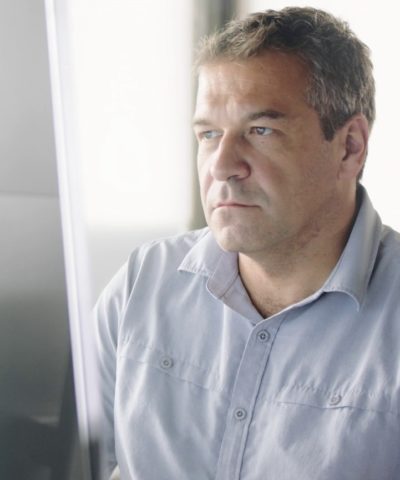
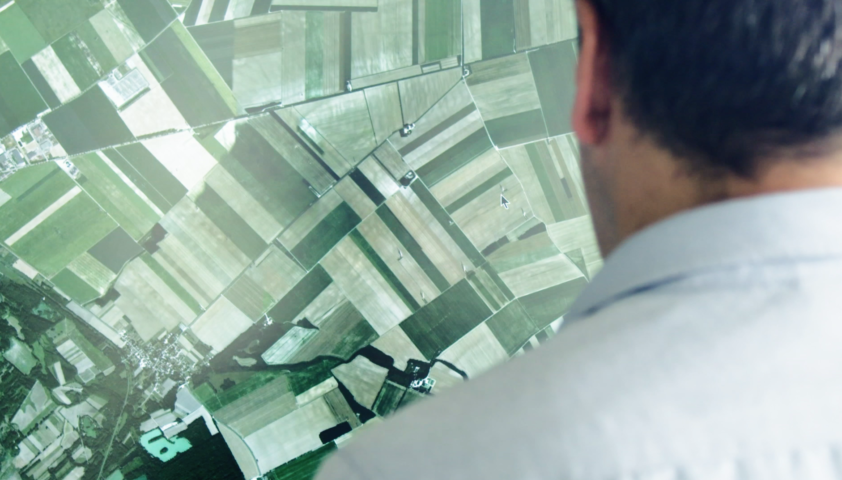
The UAV Takes Flight
Once the planning phase is complete, it’s time for the UAV to take off. All it takes is the push of button.
The flight itself is fully automated and bypasses the need for manual piloting. The UAV’s onboard controller dictates the flight path, processes sensor signals and operates the camera; several hundred high-res photos are captured per blade.
Once the UAV has returned safely, all the image and sensory data is transferred to the 3DX™ Blade Platform and uploaded to the data cloud for further processing.
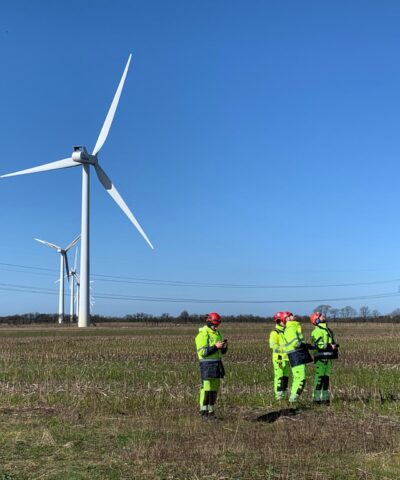
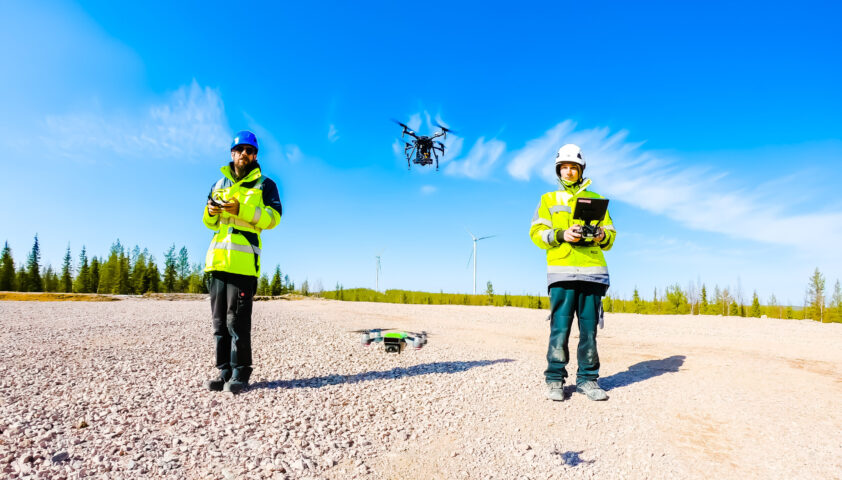
Analyze the Images Using Artificial Intelligence
At this point, our Inspection Platform 3DX™ Blade Station takes over. This state-of-the-art software facilitates the work of the blade expert by employing artificial intelligence to scrutinize each photo and identify defects. The annotation and defect rating are performed directly on the images. Best of all, the precise location and dimension of each defect on the rotor blade is known due to the lidar data captured during the flight. No more confusion or unwelcome surprises when the repair crew is at the blade ready to fix the damage.
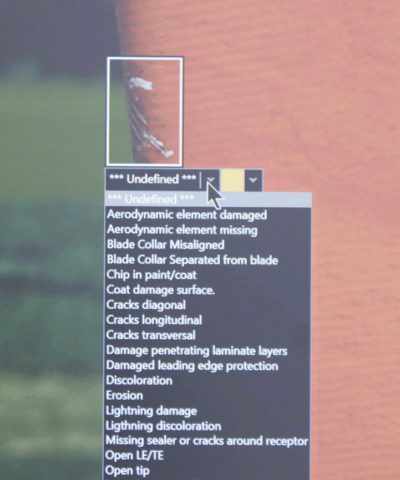
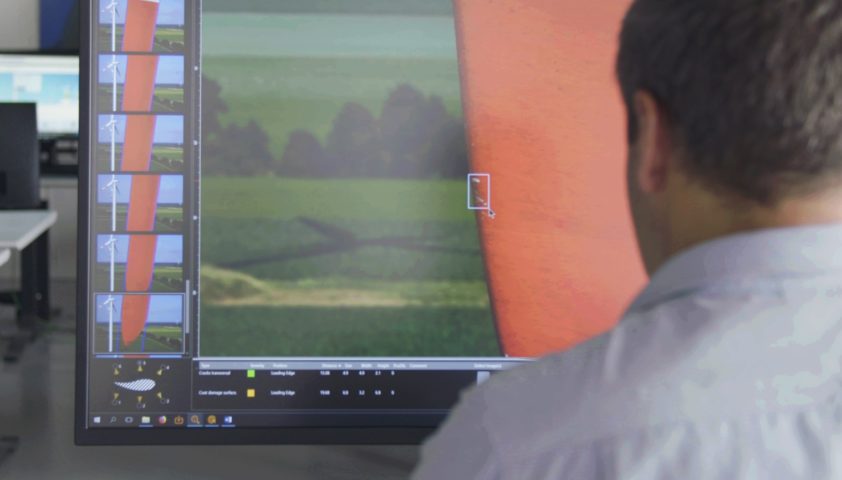
Generate the Inspection Report
In the final step, the results of the inspection are compiled into a report. This is created automatically, thanks to the 3DX™ Report Generator. These reports offer detailed, reliable information about any damage and form a solid basis from which you can decide on the appropriate rotor blade maintenance and repair actions to take.
The data gleaned from each inspection is stored in a database, so you can monitor and analyze the health of your blades over the long term.

